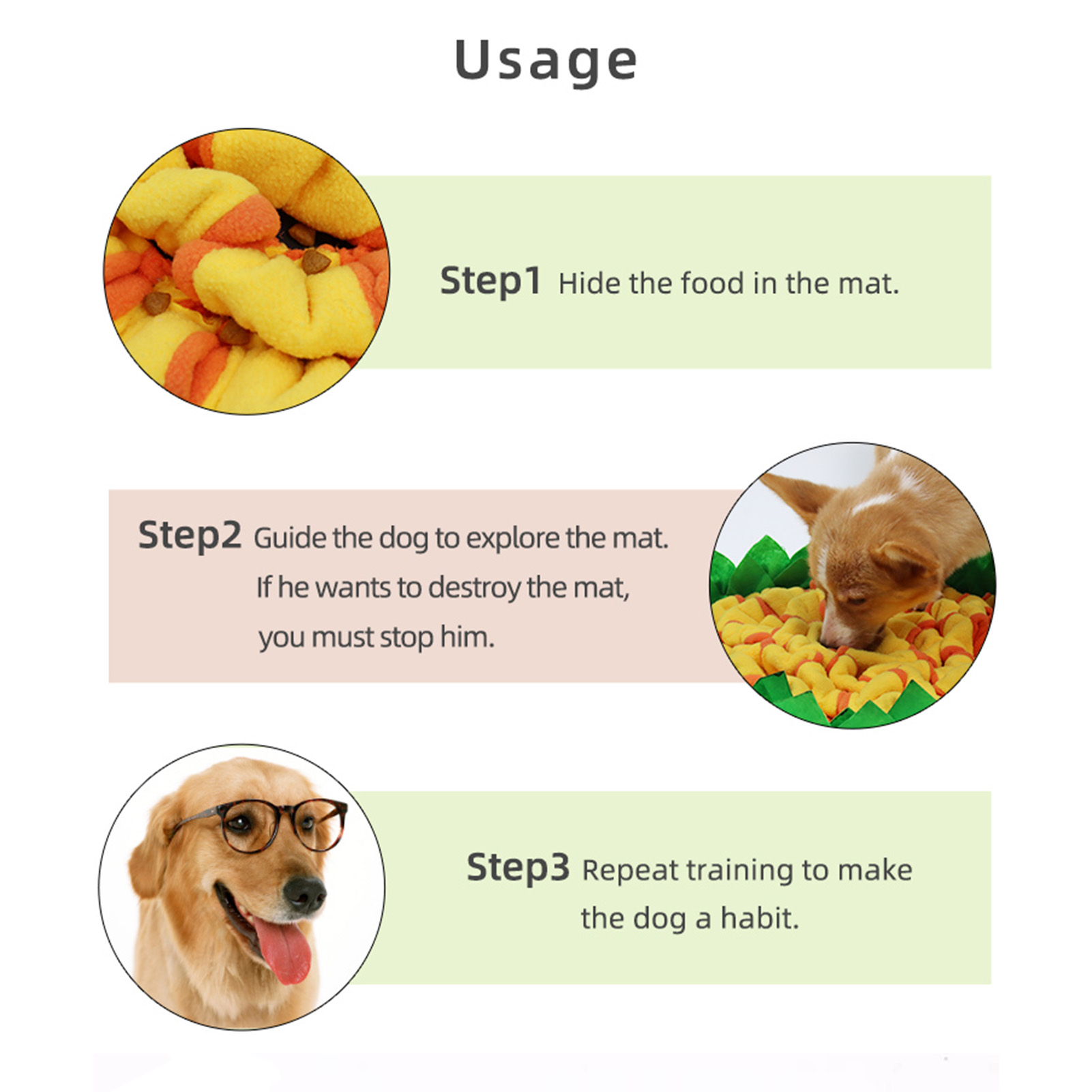"The Ultimate Guide to Caring for Your Yellow Pet Snake: Tips, Habitats, and Diet"
#### Introduction to Yellow Pet SnakeYellow pet snakes, known for their vibrant coloration and gentle demeanor, are becoming increasingly popular among rept……
#### Introduction to Yellow Pet Snake
Yellow pet snakes, known for their vibrant coloration and gentle demeanor, are becoming increasingly popular among reptile enthusiasts. These snakes, often referred to as "yellow corn snakes" or "yellow ball pythons," are not only visually appealing but also relatively easy to care for, making them an excellent choice for both novice and experienced snake owners.
#### Choosing the Right Yellow Pet Snake
When selecting a yellow pet snake, it’s essential to choose a healthy specimen. Look for snakes that are active, alert, and free from any signs of illness, such as lethargy or abnormal shedding. Research different species to find one that matches your lifestyle and experience level. Yellow corn snakes are known for their friendly temperament, while yellow ball pythons are recognized for their unique patterns and sizes.
#### Creating the Perfect Habitat
A proper habitat is crucial for the health and well-being of your yellow pet snake. Start with a suitable enclosure, such as a glass terrarium or a plastic tub, ensuring it has enough space for your snake to move around comfortably. The enclosure should have secure ventilation, and the temperature should be maintained between 75°F and 85°F (24°C to 29°C) on the cool side, with a basking area reaching up to 90°F (32°C).

Include hiding spots using rocks, logs, or commercially available reptile hides, as snakes feel secure in places where they can hide. Additionally, provide a shallow water dish for hydration and humidity control. Regularly clean the habitat to prevent any buildup of waste or bacteria.
#### Feeding Your Yellow Pet Snake
Feeding your yellow pet snake is one of the most critical aspects of care. Depending on the species and size of your snake, you may feed it live or frozen prey, such as mice or rats. Generally, young snakes require feeding every 5-7 days, while adults can be fed every 10-14 days. Always ensure the prey is appropriately sized—typically, it should be about the same width as the snake’s body.
Monitor your snake’s weight and overall health regularly. If you notice any changes in appetite or behavior, consult a veterinarian who specializes in reptiles.

#### Handling Your Yellow Pet Snake
Handling your yellow pet snake can be a rewarding experience. However, it’s essential to do so correctly to avoid stressing the animal. Allow your snake to acclimate to its new environment for at least a week before handling. When you’re ready to hold your snake, support its body gently and avoid sudden movements.
Always wash your hands before and after handling to ensure both your safety and the snake's health. Remember that some snakes may be more skittish than others, so take your time and allow your pet to adjust to your presence.
#### Common Health Issues

Like all pets, yellow pet snakes can face health issues. Common concerns include respiratory infections, mites, and shedding problems. Regularly inspecting your snake for signs of illness is crucial. If you notice any unusual behavior, such as excessive hiding, lack of appetite, or abnormal shedding, consult a veterinarian immediately.
#### Conclusion
Owning a yellow pet snake can be a fulfilling and enjoyable experience. By providing the right habitat, diet, and care, you can ensure your snake thrives in its new home. Whether you’re a first-time snake owner or a seasoned enthusiast, understanding the needs of your yellow pet snake will help you create a lasting bond with your scaly companion. Happy herping!